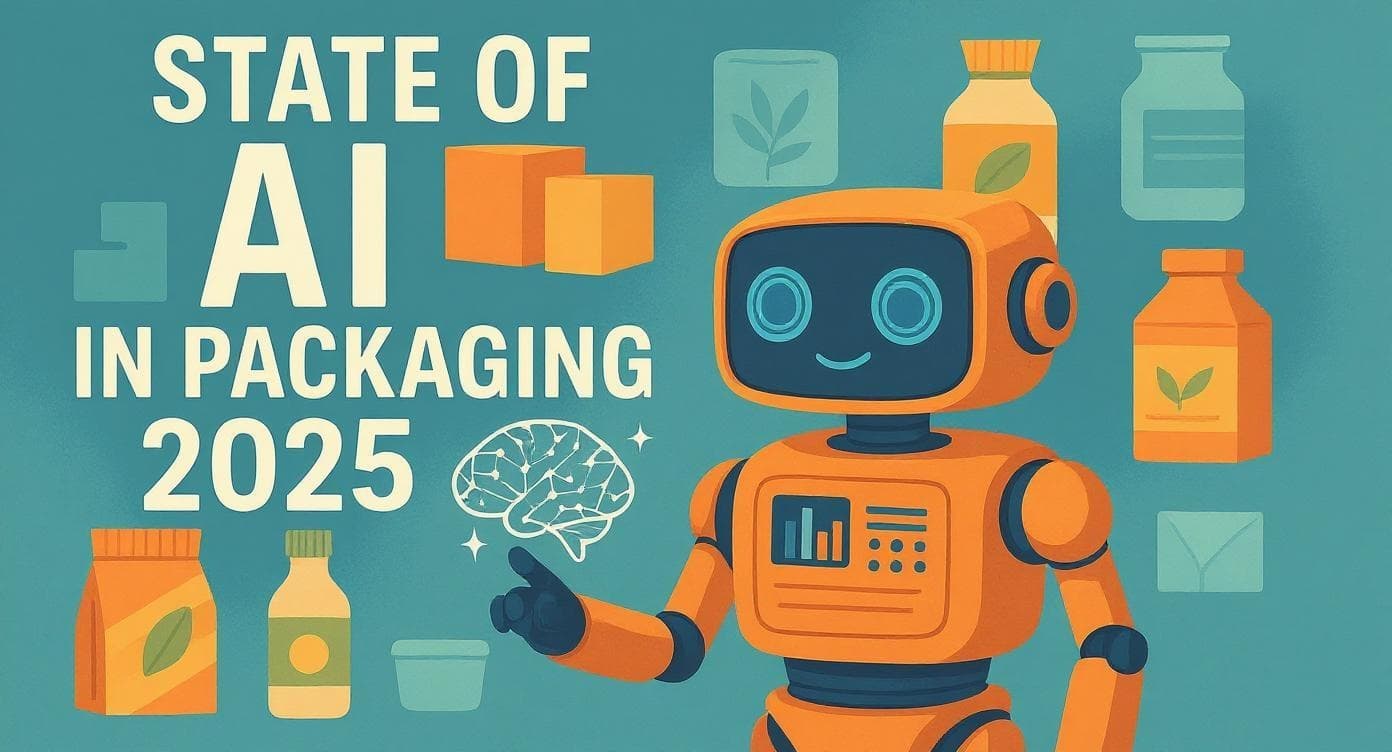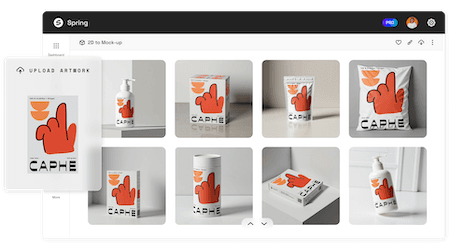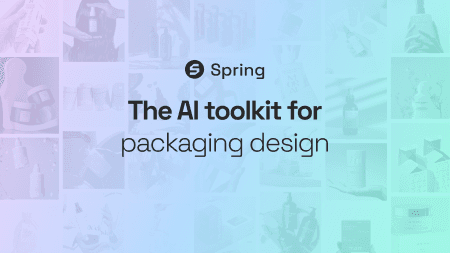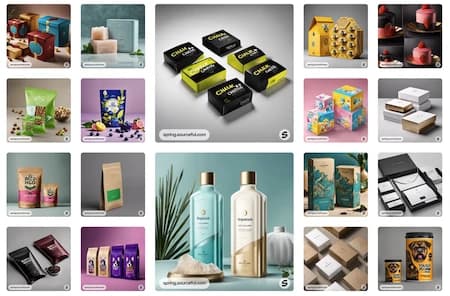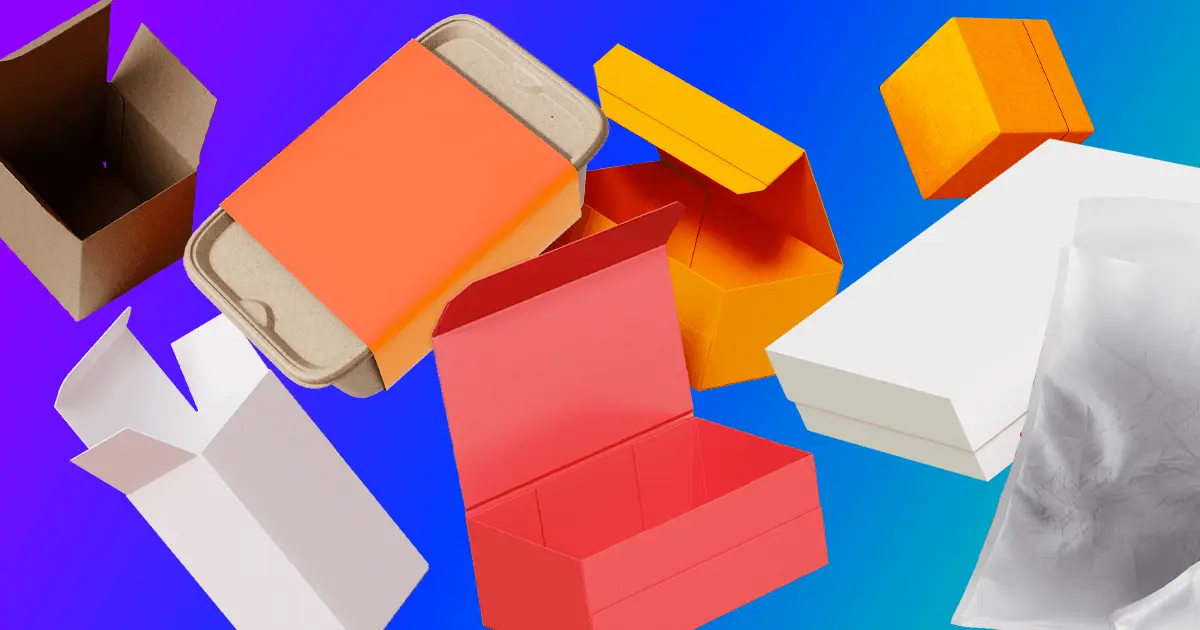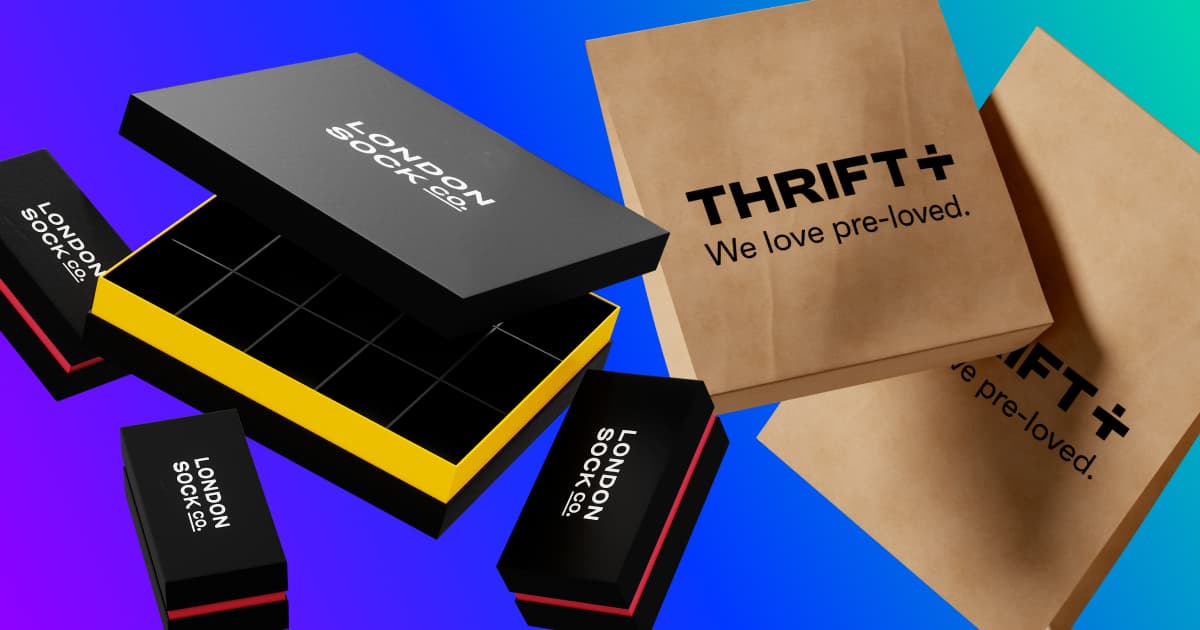
Blog Post
Sourceful’s AI Judge for Packaging design in Research Preview
Announcing Sourceful AI Judge: upload your packaging design, get objective analysis and actionable feedback in under a minute. Now in research preview, invite-only.
July 25, 2025


